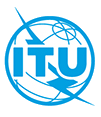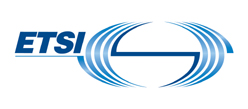Requirements and architectures of multimedia platform for digital human services using edge cloud







This document identifies the reference framework for the benchmarking of vision-based spatial registration and tracking (vSRT) methods for mixed and augmented reality (MAR). The framework provides typical benchmarking processes, benchmark indicators and trial set elements that are necessary to successfully identify, define, design, select and apply benchmarking of vSRT methods for MAR. It also provides definitions for terms on benchmarking of vSRT methods for MAR. In addition, this document provides a conformance checklist as a tool to clarify how each benchmarking activity conforms to this document in a compact form by declaring which benchmarking processes and benchmark indicators are included and what types of trial sets are used in each benchmarking activity.

This document describes how to search for virtual reality (VR), augmented reality (AR) and mixed reality (MR) content through a curriculum catalogue based on curriculum and achievement standards information. The curriculum catalogue metadata is defined in order to search for educational VR and MR content information.

The present document replaces TS 103463 and defines in greater detail a number of Key Performance Indicators (KPIs) for Smart Areas (both urban and rural) expressing sustainability performance in terms of People, Planet, Prosperity and Governance. Certain of the KPIs are grouped and presented as Global KPIs in TS 103 463-2.

The present document will provide a comparison between both internal and external 'cloud-based' solutions with a life cycle analysis addressing: aenergy consumption; b)green-house gas (GHG) emission; c)water consumption; d)waste management from production to end-of-life management.

Standardized methods for state synchronization across different record systems, including but not limited to blockchains, databases, other distributed ledger technologies.

Security considerations for transactions conducted across more than one blockchain
